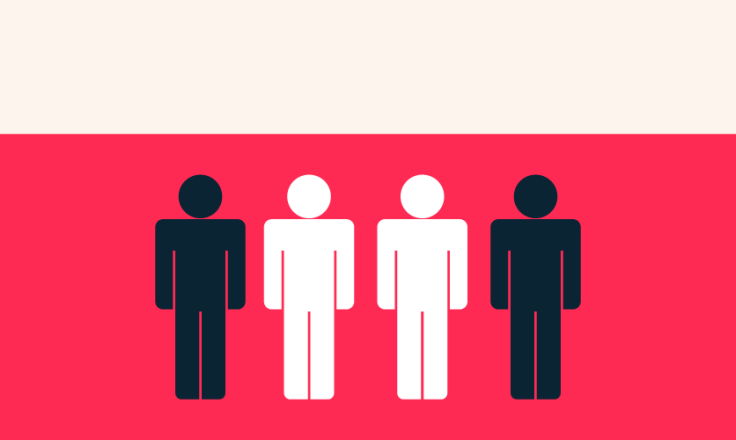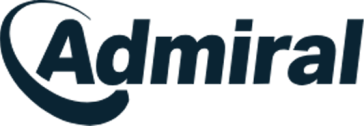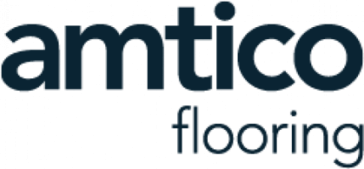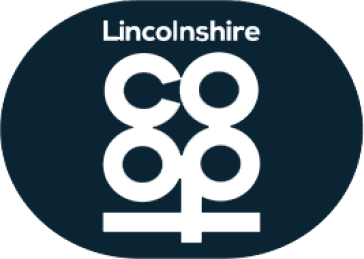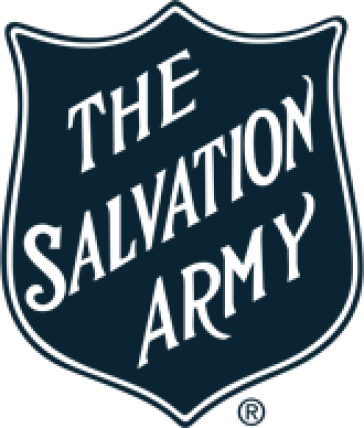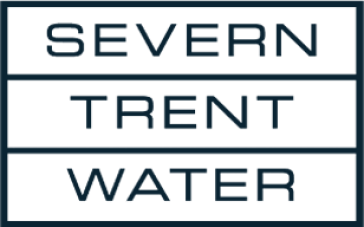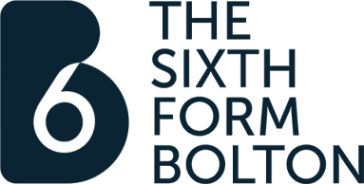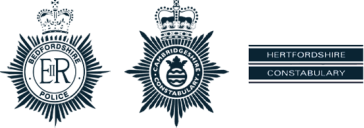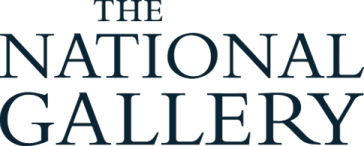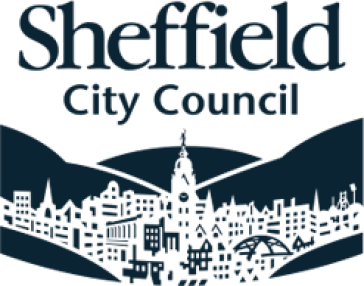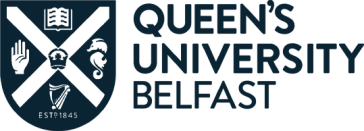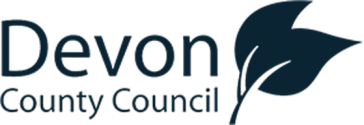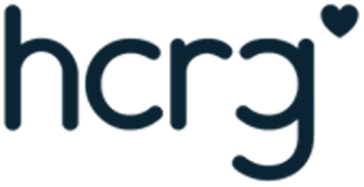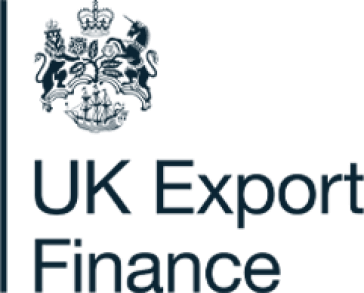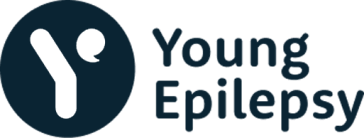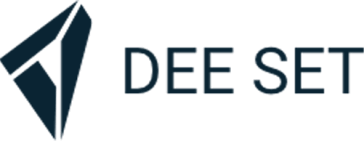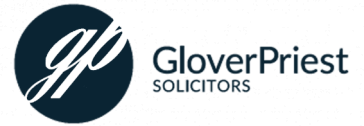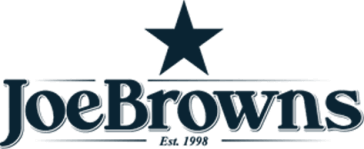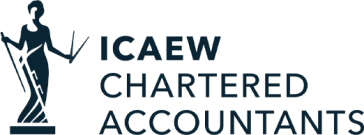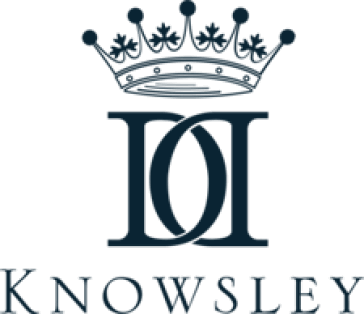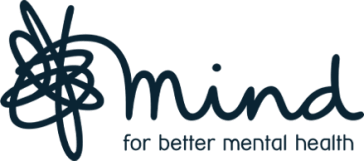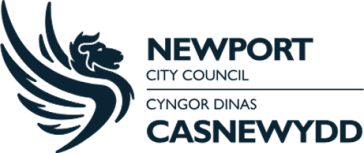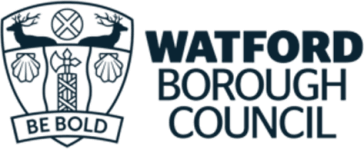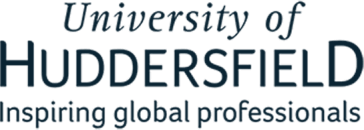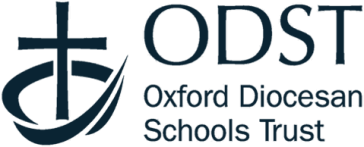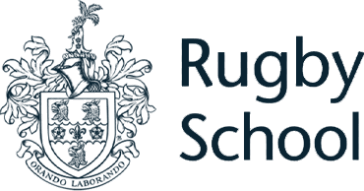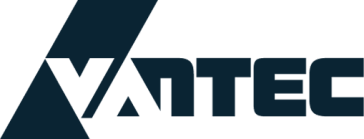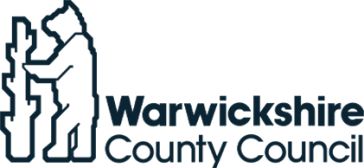Introduction
HR is moving beyond its reputation as an admin role, but it needs data and reports to make that stick. This guide contains everything you need to know about HR data, as well as the benefits of people analytics.
What is HR reporting?
HR reporting is the process of taking HR data and consolidating it into reports. These can then be used to evaluate key metrics, which includes things like attendance, turnover rate, flight risk and more.
What is HR analytics?
HR analytics is the process of taking your people data and using it to improve your HR functions. It’s typically a reactive approach, used to identify key challenges your HR team is facing and create effective responses to them.
The term HR analytics is often used interchangeably with people analytics, but there are some key differences between the two terms.
What is people analytics and what does it involve?
People analytics are typically more strategic than HR analytics and are focused on a broader picture of the entire company. People analytics is also typically more forward-thinking, while HR analytics uses more historical data. People analytics is more about how the organisation is doing as a whole, and how it can be refined.
How does people analytics work?
Any people analytics task starts with gathering data from across the business. Typically, this will involve pulling data from your HR tools. This data can be used to create charts, graphs and insights that can then be used to make decisions.
What is the role of people analytics and why is it important?
HR often struggles to justify itself as a value adding function, with many dismissing it as a purely administrative role. People analytics enable HR teams to drive discussion and get real buy-in to their projects.
What is the difference between HR reporting and people analytics?
Some people use the term HR reporting and people analytics to mean the same thing, but this should be avoided, as there are some key differences.
HR reporting
HR reports are largely descriptive. For example, a HR report might be able to report the number of employees you have, and the average age of your employees. There’s no value judgement on this data, it simply is.
People analytics
People analytics tend to be used to deliver actionable KPIs, as well forecasts and recommendations. It’s taking the data in your HR reports and turning them into useful insights, and then using those insights to make decisions for the HR team and for the department as a whole.
What are the four types of people analytics?
Descriptive
Descriptive analytics simply analyses the patterns in your data to try and figure out what has happened. It’s a fairly basic approach, mostly focused on describing something that’s happened. This can help form a clear base to develop into more detailed analysis.
Diagnostic
Using the base from a descriptive analysis, diagnostic analytics will try and offer an explanation as to why certain trends are occurring.
Predictive
This is where you take data from the past and present to generate insights. This then gets turned into a model that can predict future trends and events.
Prescriptive
If you want to make something happen, prescriptive analytics will use all the above types of analysis and uncover key methods to do so.
What are some examples of people analytics?
There are many examples of a company using people analytics to great effect.
NASA famously makes use of people analytics for their talent searches. As a highly technical organisation, where very specific science skills are needed, finding the right talent in a highly competitive market is difficult. They use people analytics to create knowledge graphs, which show the relations between people, skills and projects.
What is human resources (HR) data?
While it may not get the spotlight as much as things like finance data, HR data is a diverse set of data points that defines the people in your organisation and how they behave.
What are the types of human resource data and what do the different metrics mean?
HR data is quite diverse, with several different uses. Here are the key types you need to understand.
Qualitative data
Qualitative data is typically more descriptive. It can include things such as exit interview notes, the results of check-ins and any appraisals.
Quantitative data
Quantitative data is numerical. It includes things such as the number of employees you have, or the average number of sick days taken across your organisation.
Correlation
This is when two things happen at the same time and could be associated with each other – but often there is no proof that this is the case. For example, a survey might imply that stricter annual leave policies lead to more sick days. But there’s no way of proving this.
Causation
This is when something occurs and this causes something else to happen. For example, working more overtime increases someone’s salary. For something to count as causation, it needs to be a provable cause and effect.
What are the advantages of HR analytics?
There are many advantages to using HR analytics in your organisation. These include but are not limited to:
- Data-driven decisions are more effective decisions
- It's easier to get buy-in from other stakeholders when your findings are backed with data
- Recruitment and hiring can be tailored to suit your needs
- Costs are lowered in the long term as resources are deployed more effectively
- Forecasting leads to a proactive approach
What are disadvantages of HR analytics?
With that said, there are also a few disadvantages to HR analytics that can lead to issues.
Crucially, HR professionals don’t always have great analytical skills, which makes churning through the largest data sets difficult. Likewise, if you don’t have a robust reporting framework or a way to centralise data, this can make the task even harder.
HR analytics often relies on monitoring, which can lead to some ethical concerns. If your employees aren’t comfortable with the level of data you’re gathering, this can harm their engagement levels and potentially drive them to leave.
How to create an HR and people analytics strategy
Any analytics project should align with the broader business goals. Likewise, measuring for its own sake is pointless – you should always aim to use the data you uncover.
With that in mind, there are three key goals to HR and people data analytics.
- Measure how effective your HR department is
- Connect people data and business data together, helping business leaders make better decisions
- Improve your HR function
How to create an HR and people analytics strategy
It’s vital your HR and people analytics plan has a clear strategy. How do you go about making this happen?
Firstly, make sure your plan is aligned with the broader business goals. You need to get an understanding of what the current priority is, and how HR can support this. Do you want to improve employee engagement, or boost your recruitment strategy to find better talent?
Now you’ll need to collect and process any data you need to analyse. This can be time-consuming without the right tools to hand.
Then you’ll need to communicate the results, putting your findings into the right context and showing them to the right people.
How MHR can help you get started with people and HR analytics
If you want to understand why things happen in the way they do, MHR can provide you with all the tools to create a robust people and HR analytics strategy that perfectly aligns with your organisation goals without leaving your HR team struggling. We offer a range of solutions that make gathering data much simpler and makes turning that data into useful insights easy.



